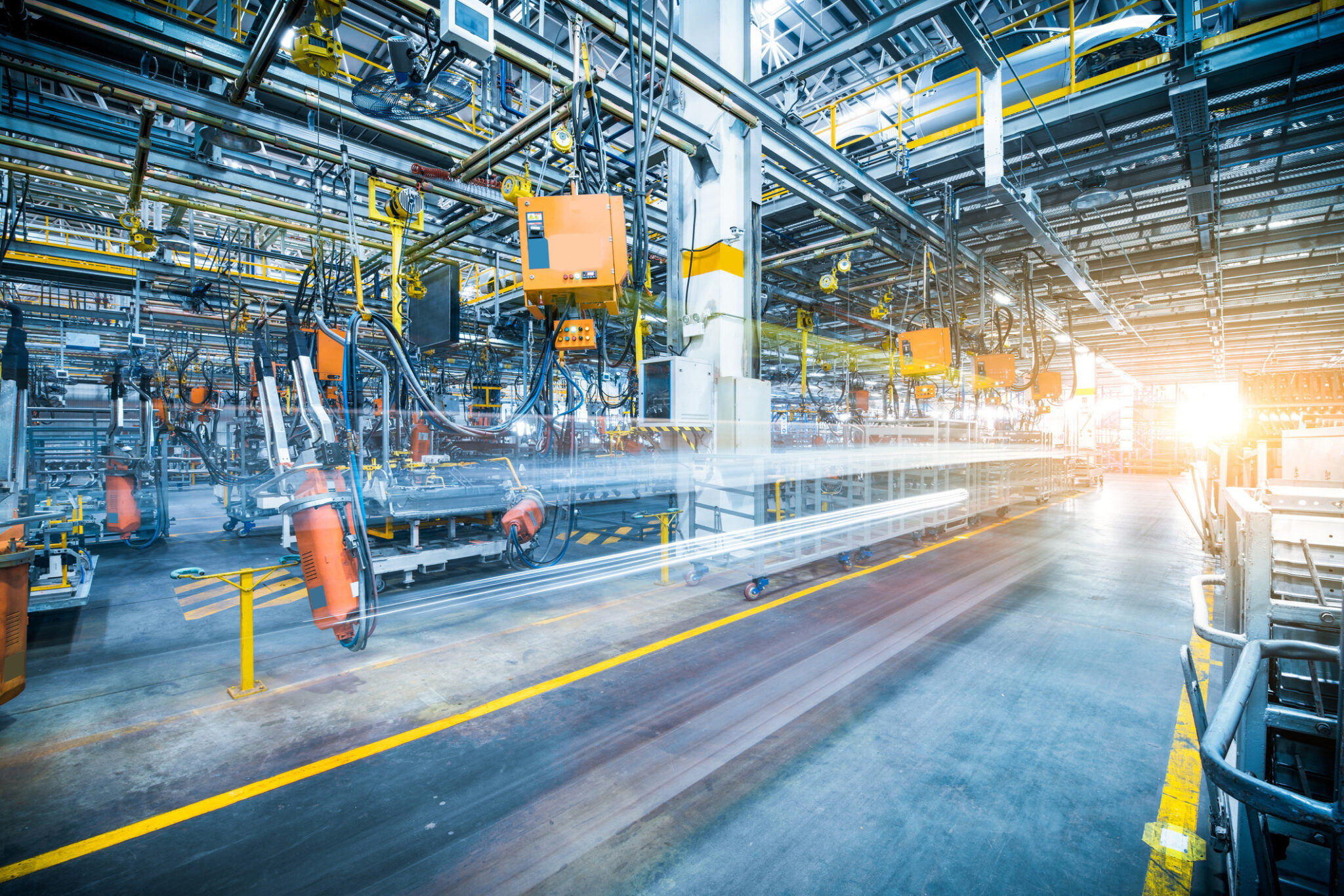QUOTES
The Best Tools for the Manufacturing Industry

Manufacturing has come a long way from the once entirely manual undertaking it used to be. Today, manufacturers have an arsenal of tools at their disposal to help increase efficiency and streamline processes.
These include ERP and MRP. Let’s take a closer look into what these are as well as ERP and MRP system differences.
MRP vs. ERP
Material Requirements Planning (MRP) helps manufacturers analyze required material, their quantities, and where they are required in the manufacturing process.
This makes MRP a planning and decision-making tool in the production process.
Its main features include:
- A master production schedule capturing orders, inventory forecasts, and capacity;
- A bill of materials that shows all components and materials required to create the end product;
- Estimating time for the entire manufacturing process to calculate expected manufacturing time. It can also indicate when manufacturing should start to meet anticipated completion dates.
On the other hand, Enterprise Resource Planning (ERP) is more comprehensive with extensive functions to help manufacturers streamline business processes. This has some aspects of the manufacturing process and other additional functions that cut across other aspects of the business.
Its main features include:
- Enterprise-wide integration: here, business functions are integrated from start to finish. An example is: when a new order comes in, it offsets other actions like initiating a credit check, updating on distribution schedule, availability confirmation, and invoice dispatches.
- Real-time operations: the above processes are initiated immediately. The manufacturer is then able to identify and mitigate problem areas just as quickly.
- Consistency: over time, ERP vendors have realized the need for a simplified system. One of its benefits is that it gives a more professional look and feel and reduces training costs.
The Differences
Here are the key differences between the two.
Standalone vs. integrated
MRP is more of a standalone software, while ERP integrates several different components. This also means that ERP can easily be integrated into other software and modules. Similarly, users can pick a few features from it that support their business the best.
User Access
Because ERP’s bring different components together, they are accessed by a wider network of people simultaneously. This will include those in manufacturing, procurement, credit, sales, and so on.
MRP is mainly a manufacturing support tool. This narrows down its users to people strictly in the manufacturing department.
Cost
ERP performs multiple functions within and outside of manufacturing. It then follows that these tools tend to be more expensive than MRP, thanks to their scope.
Which one is best?
There is no straight answer to this question. The best tool depends on an individual business, its projections, and its scaling plans.
Keep in mind that while an MRP might be more affordable, the larger an enterprise grows, the more it requires scaleable tools. An MRP might be good to start with, but an ERP will be a necessity as you grow.

